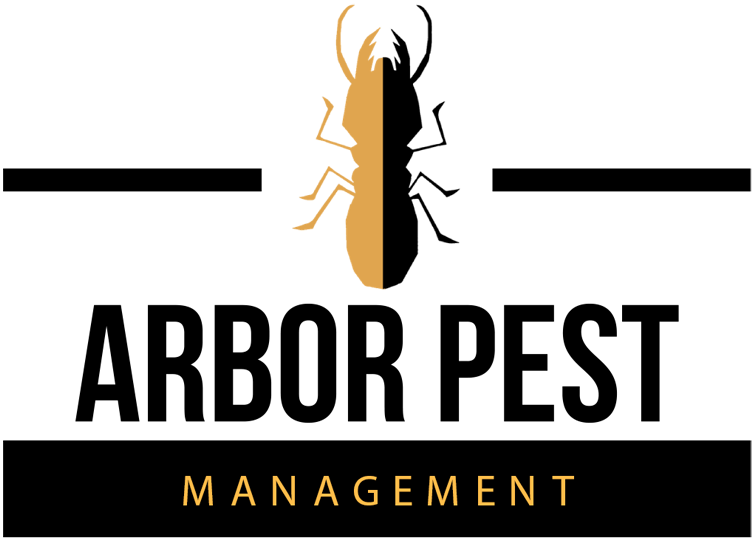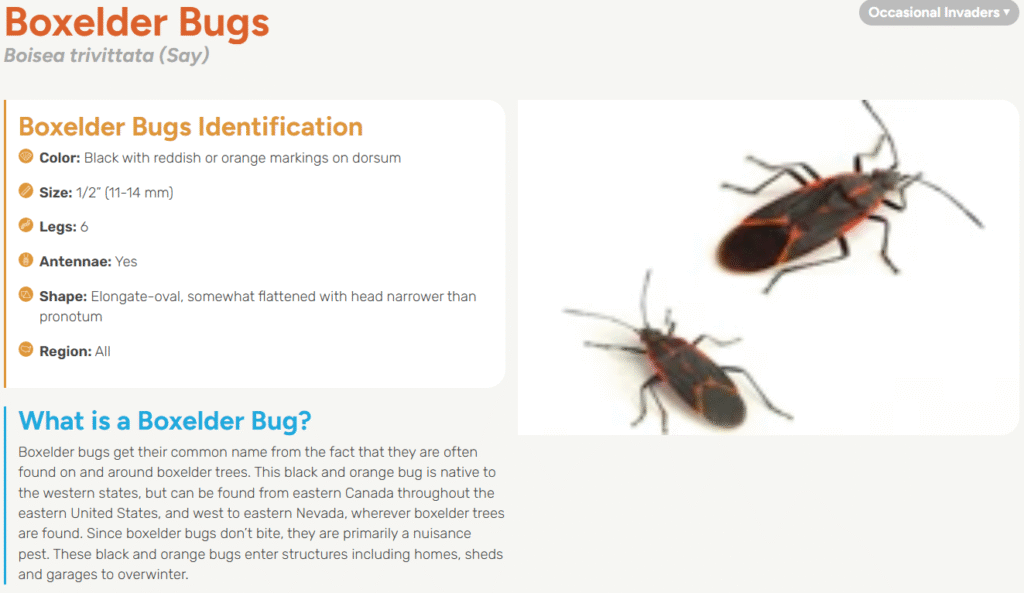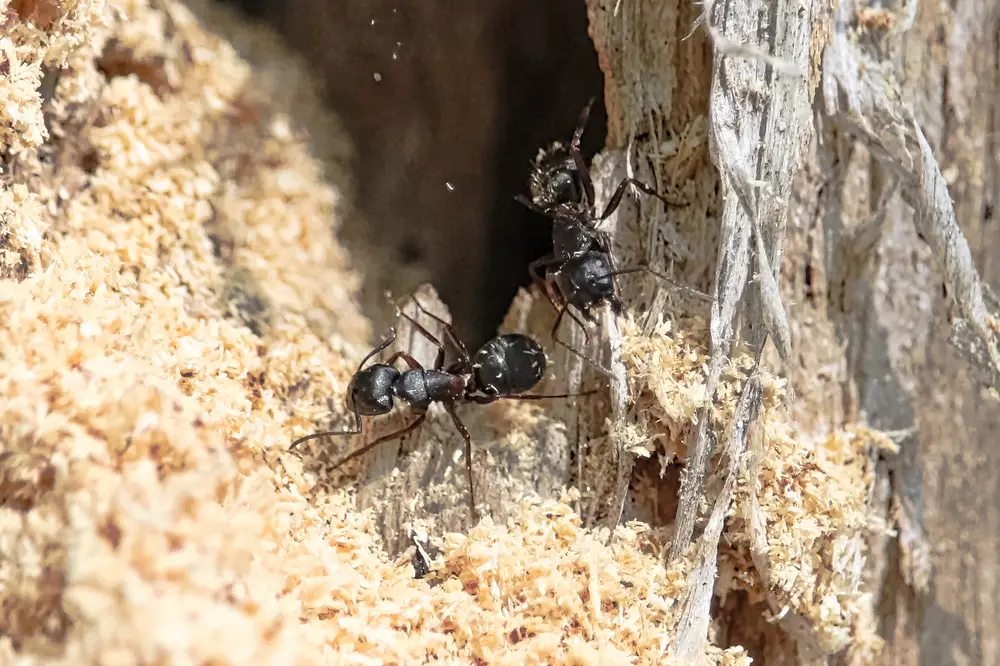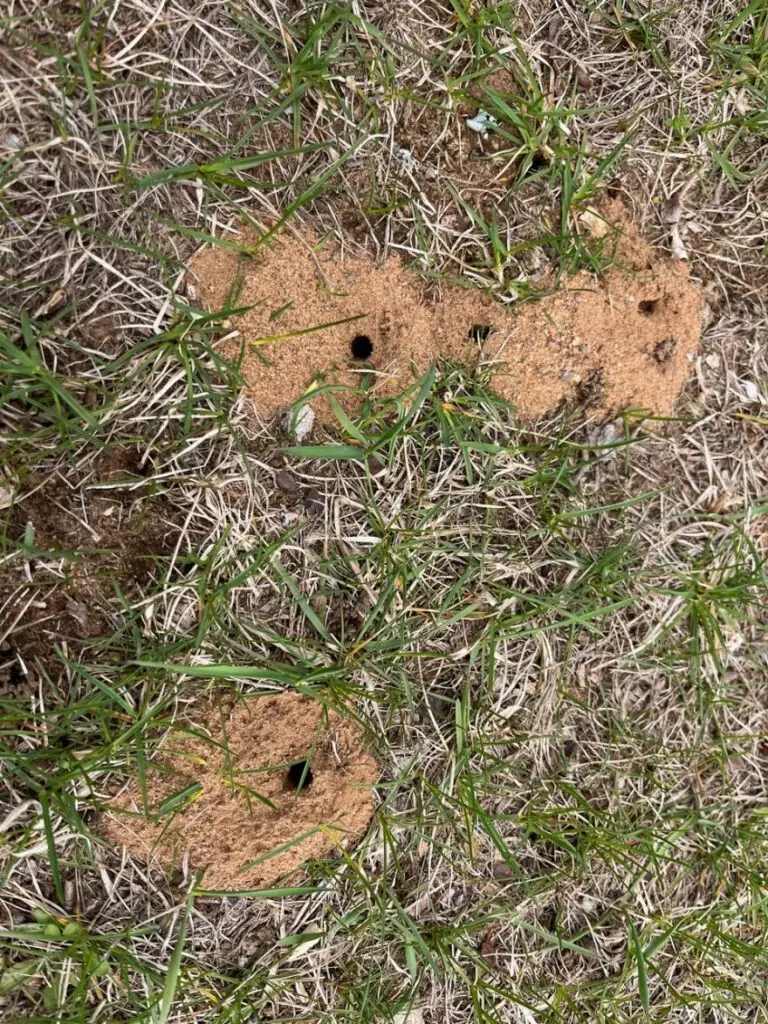It seems like every time you turn around, there’s another warning about a new disease spread by mosquitoes or ticks. Unfortunately, that concern is well-founded. According to the Centers for Disease Control and Prevention (CDC), reported illnesses from mosquito and tick bites more than tripled between 2004 and 2016. Annual cases jumped from 27,388 in 2004 to over 96,000 in 2016.
Even more alarming, many cases go unreported or misdiagnosed. For example, while official reports cite around 30,000 cases of Lyme disease each year, the CDC estimates the true number exceeds 300,000 annually. Increased awareness among both the public and healthcare providers likely contributed to the spike, but other significant factors are driving this upward trend.
Why Are Mosquito and Tick Diseases Increasing?
Several factors explain the sharp rise in mosquito- and tick-borne illnesses:
- Increased Travel:
International and domestic travel spreads both disease-carrying insects and infected individuals to new regions. Mosquitoes and ticks thrive in new areas, while travelers unknowingly carry illnesses across borders. - Lack of Vaccines and Treatments:
New diseases often emerge faster than researchers can develop vaccines or treatments. Between 2004 and 2016, scientists discovered or introduced nine new disease organisms spread by mosquito or tick bites in the U.S. The study tracked 16 different vector-borne diseases overall. - Climate Change and Warmer Temperatures:
Rising temperatures allow insect vectors to survive longer and expand into northern regions. Hot spells trigger outbreaks, while warmer weather increases viral loads in mosquito bites, making infections more likely. - Expanding Tick Habitats:
The increase in deer populations—primary hosts for ticks—has fueled their spread. Suburban reforestation provides ideal habitats, while shrinking predator populations mean fewer animals, like foxes, to control mice and birds. These secondary hosts play a critical role in the disease cycle, making them difficult to target and control.
Underfunded Response Efforts
Despite the surge in cases, local and state health departments remain underfunded. These agencies bear the primary responsibility for disease prevention and outbreak response but often lack the resources to meet rising demands. Similarly, mosquito control agencies struggle to keep up, leaving communities vulnerable to continued outbreaks.
Protecting yourself from mosquito and tick bites remains the best defense. Use EPA-approved repellents, wear protective clothing, and eliminate standing water around your home. Stay informed and proactive to reduce your risk of infection.



